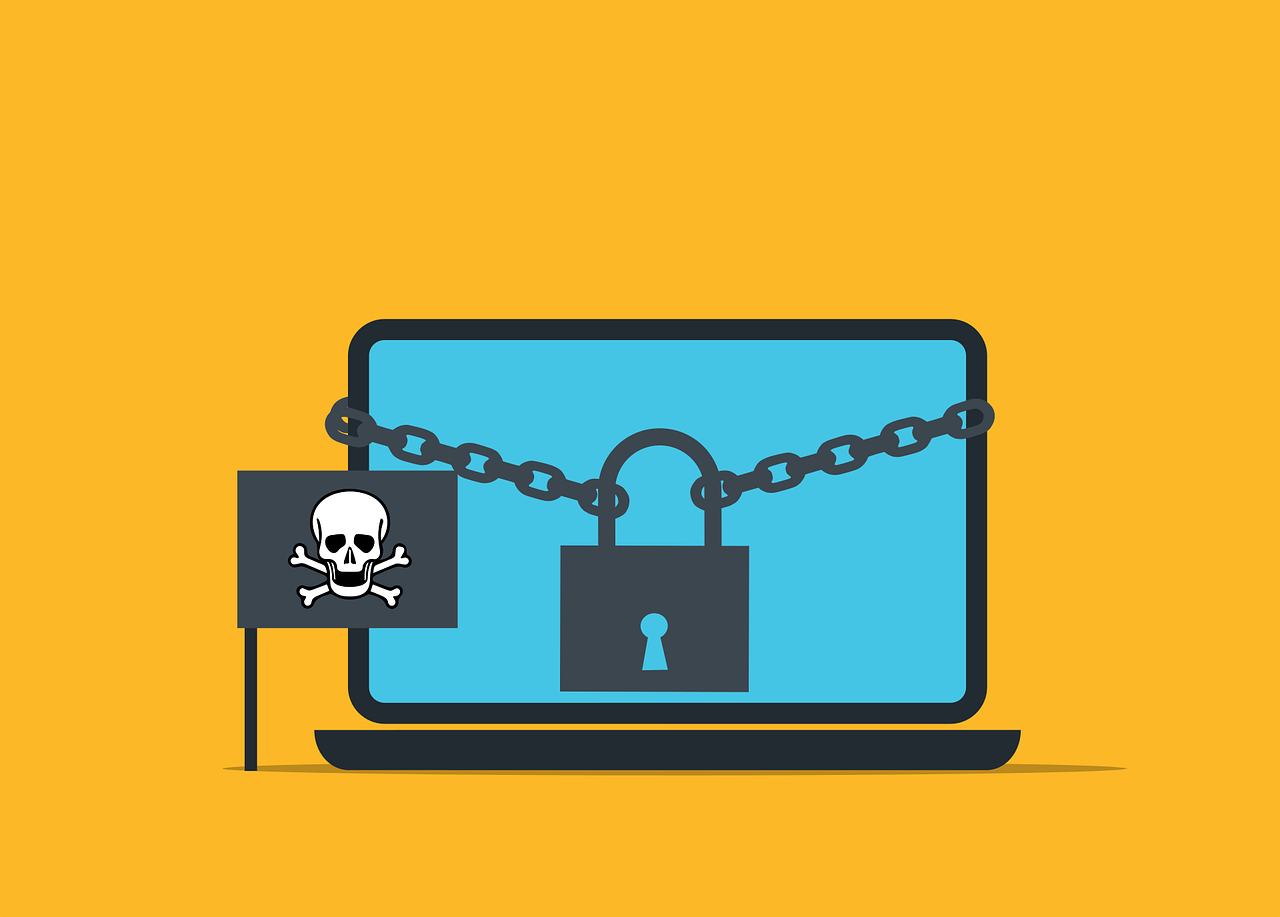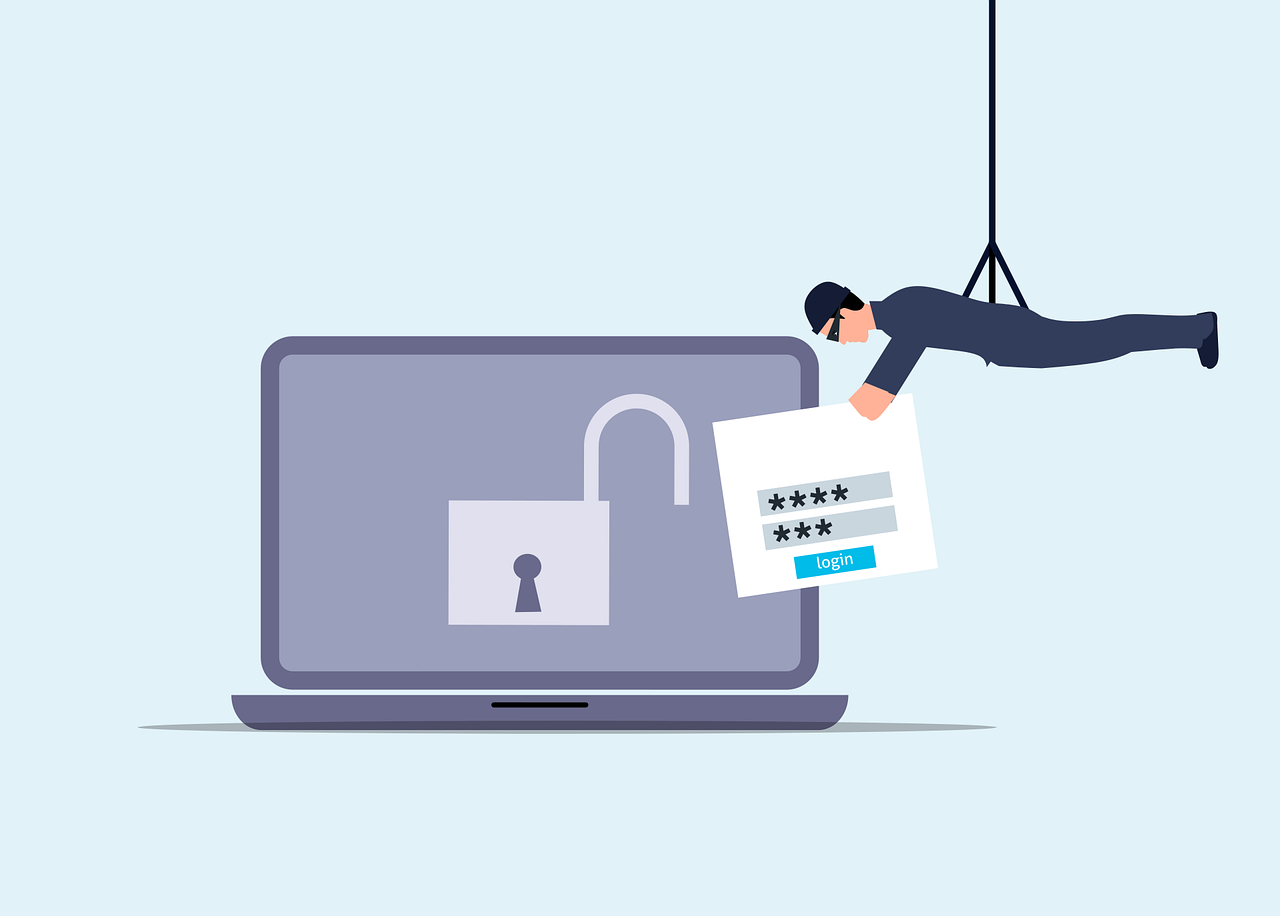An often-overlooked aspect of running an IT system are the backups of the data itself. After all, it’s all very well keeping the servers online and the desktops running, but they’re not much use without data.
If a server fails, you can simply replace it. If a laptop is lost, you can replace it. The same goes for pretty much any hardware. It’s all replaceable, even if it is a bit costly and inconvenient. Hardware is replaceable. Software, as in the applications themselves, are also replaceable, you can simply re-download the application. People are also replaceable. If the accountant leaves, you can hire another. Sure, it may take a while for them to get up to speed, and there may be some pain along the way, but even the most valuable employee can be replaced. But what about the data?
The most valuable asset of any company is its data. Whether it’s the latest architectural designs for an office building in central London or the phone number of the owner of the car you’ve just serviced, if you lose the data, you have a problem.
The "321" Backup rule
The 3-2-1 backup rule is a simple yet incredibly effective method of protecting your data. Keep three copies of your data stored on two different storage media with 1 of them offsite. This simple rule offers data protection in almost any circumstance. Allow me to elaborate.
Have at least three copies of your data
Always keep at least three copies of your data. Merely having the live copy and a single backup is not enough, especially if that backup copy is stored on the same site as the source data. Even worse if the second copy is on the same media on the same server, simply copying the folder to another folder on the same device will not suffice! There’s always a chance that the backup didn’t work or the second copy got destroyed along with the first. Having that third copy of the backup data will almost certainly pay dividends at a later date.
Store the backup on at least two different devices or media
The additional backups copies should be on at least two different media. Hardware fails, we know this. If your additional copies of the data are stored on the same device and media, the chances are that when you need the backups, they too will be gone. Different media doesn’t mean you need one copy on a tape and a second on a DVD (though that would not be a bad thing), it just means a separate device. That could simply be an external HDD, a different NAS or even a second server. It just needs to be something that no matter what happens to the original copy, the second copy will be unaffected.
Store at least one copy offsite.
The reasons for storing a third copy offsite are simple. No matter what happens to data at the primary site, you will still have a copy of your data. You probably won’t need your offsite copy if you are just recovering a spreadsheet that was deleted accidentally last Thursday but what if you’re recovering from an environmental disaster? Fires, floods, earthquakes, theft, malicious damage are all event that could wipe out a site entirely – including the onsite backup copy. This is where you’ll be glad for the Offsite copy!
What about just two copies with the second copy being the offsite?
Keeping just two copies of the data with one offsite is better than having two copies on the same site, but it’s still not sufficient. There’s always the possibility that the offsite copy doesn’t work as backups can and do fail. The bottom line is, you can never have enough copies of your data.
For more information on our Veeam Cloud Backup and Managed Backup services, visit our services page.


